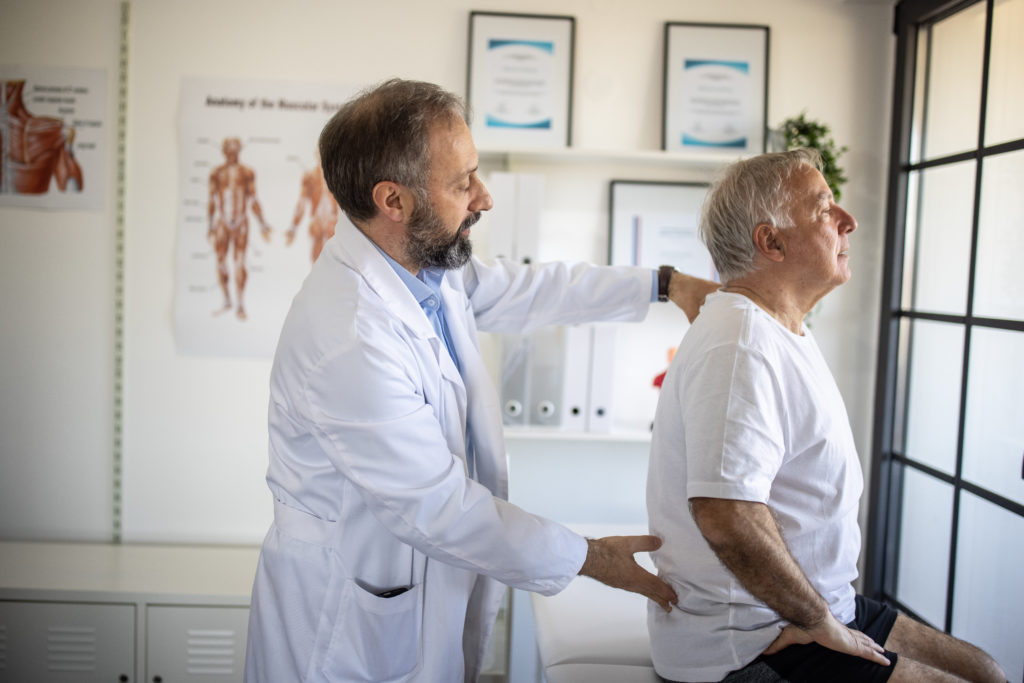
Treatment of Spinal Stenosis
Treatment of Spinal Stenosis
Get an in-depth look into the most effective spinal stenosis treatment options available and how J. Flowers Health can help.
Table of Contents
What is Spinal Stenosis?
There are several types of pain, depending on where it occurs and the causative factors. One not-so-popular yet very severe pain type is spinal stenosis. So, what exactly is spinal stenosis pain, and why is it so important?
A Closer Look
Statistics on Spinal Stenosis
Where Does Spinal Stenosis Occur?
Causes of Spinal Stenosis
Before effectively relieving spinal stenosis pain, it is essential to know the spinal stenosis causes. According to the American Academy of Orthopedic Surgeons, spine degeneration is observed in over 95% of people over the age of fifty, with spinal stenosis occurring most often in adults sixty and above.3
Additional Causes
- Overgrowth of bone
- Herniated disks
- Thickened ligaments
- Tumors
- Spinal injuries
Progression of Spinal Stenosis
- Numbness
- Weakness
- Balance problems
- Incontinence
- Paralysis

Treatment of Spinal Stenosis
Several therapies and treatment methods for spinal stenosis are available that halt progression and relieve spinal stenosis pain and complications. Effective spinal stenosis treatment should adequately take care of the spinal stenosis condition by carefully focusing on the various difficulties and symptoms.
Treatment Opportunities
- Physical therapy
- Exercises
- Injections
- Medications
- Surgery
- Holistic treatment
Physical Therapy for Spinal Stenosis
Spinal Stenosis Exercises
- Back stretches
- Knee to chest
- Knee hugs
- Lower back rotational stretches
- Draw-in maneuvers
Spinal Stenosis Medications
- Antidepressants
- Anti-seizure drugs
Injections for Spinal Stenosis
Surgery for Spinal Stenosis
- Laminectomy
- Laminotomy
- Laminoplasty
Minimally Invasive Surgery
Alternative Treatments for Spinal Stenosis
- Massage therapy
- Chiropractic treatment
- Acupuncture
Get Help With Spinal Stenosis Treatment at J. Flowers Health Institute
Do you have spinal stenosis and are looking for an effective treatment and management option? If you are, then J Flowers is the perfect option for you. At J. Flowers Health Institute, patients have access to a comprehensive suite of treatment options designed with an uncompromising approach to provide whole-person health and wellness. Reach out to us today and have access to a seamless, extraordinary care experience!






